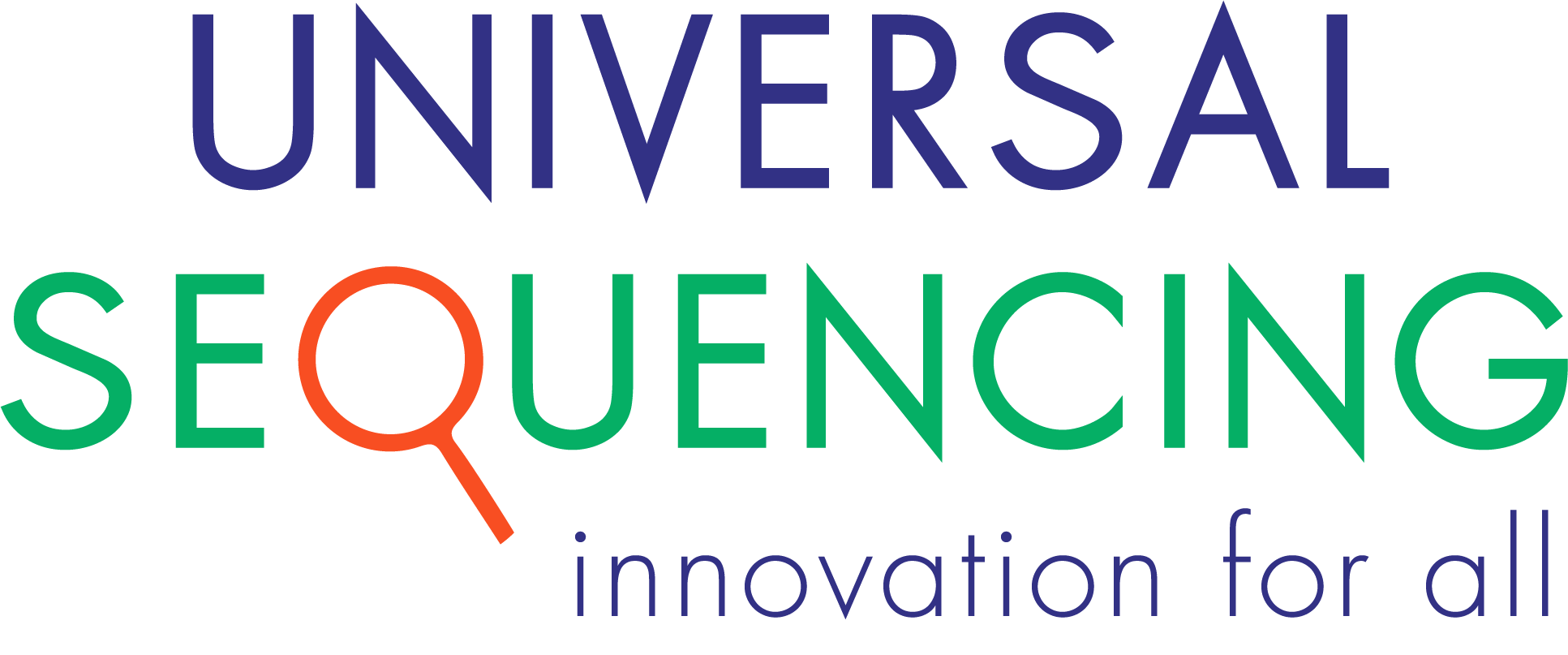TELL-Seq Library Prep Kit FAQs:
I would like to try the TELL-Seq kit on my samples what do I need to order?
We offer library prep kits for microbial and other small genomes in standard sizes (STD4 and STD24) and high throughput size (HT144) and for medium and large genomes in standard size (STD4) and high throughput sizes (HT24 and HT96) depending on the number of samples that can be processed.
For both genome sizes and samples size, our TELL-Seq™ library prep kits include library reagents (Box 1 and Box 2), multiplex primers (1-8, 9-16, 17-24 or 96 plate) and custom Illumina sequencing primers (STD or HT size).
Visit our Products page for more details.
How many samples can be run with one TELL-Seq kit?
One standard TELL-Seq kit along with the associated primers can be used to prepare 12 samples/libraries from microbial genome samples or 4 samples/libraries from Human genomes samples. The number of libraries that can be prepared with one kit depends on the size of the genome of your organism of choice. If you have a large project with 10s to 1000s of samples, you should use our TELL-Seq HT24 kit.
Do I need special sequencing primers or sequencing reagents?
If you are routinely preparing short-read NGS samples in your laboratory you likely have all of the equipment and instrumentation needed for, TELL-Seq. When ordering TELL-Seq kits you will also order sequencing primers. These primers can be used to prepare libraries compatible with all common Illumina sequencing systems including MiSeq, MiniSeq, NextSeq, HiSeq, and NovaSeq. The primers do not interfere with the default sequencing primers if a mixture of libraries is being sequenced on a flow cell.
How much sample DNA do I need for each library prep?
For Human genomes, you only need 5 ng of DNA and for microbial genomes as little as 0.1 ng. The TELL-Seq kit is great for people who want a long-read-like result but have very little sample.
What are Linked-Reads?
Linked-reads involve reading DNA sequences in a short-read sequencer (e.g., Illumina sequencer) and then using a unique barcode to label an intact, high molecular weight DNA molecule before processing further into a standard short-read sized library fragment. If two short DNA segments (300 bp) are near each other on a longer DNA segment (50,000 bp) they may be identified as linked. Linked-read DNA sequencing allows a researcher to work back to the original longer DNA segment due to the barcoding that occurs pre-capture.
How long are the barcodes, and what is their structure?
TELL-Seq barcodes are 18-base in length of semi-degenerate bp composition. The pool is biased away from polynucleotide sequences that are challenging with two color chemistries.
How is Linked-Read DNA sequencing performed?
There are a few ways that Linked-read DNA sequencing can be performed. One way to do this is through compartmentalization of long DNA segments. If you can isolate a long DNA segment into a micro compartment, like a droplet, you can then break the long segment into small segments and give each one a barcode. If the components of the original long DNA segment have the same barcode, then they are “linked”. The TELL-Seq method does not use droplets, but instead uses a much more elegant approach with beads.
What’s the key difference for the library making between TELL-Seq and, stLFR and 10X?
The major difference among these methods is the barcoding method. The 10x Genomics barcoding happens in a water-in-oil droplet, which requires an instrument for droplet generation. Neither TELL-Seq nor stLFR™ uses droplets for barcoding. Instead, the barcoding reactions happen in an open environment and are partitioned using beads alone. TELL-Seq and stLFR™ use different transposases, barcode system, and barcoding method. TELL-Seq enables all the reactions in a PCR tube, which is easy for scaling up to prep multiple samples and for automation.
How many DNA fragments are there per bead?
We have worked out the optimal ratios of DNA molecules, enzymes, barcode-containing beads. For small genomes (<200 Mb), the average number of DNA fragments per bead is 3 to 4. For large genomes, the average is more like 6 to 8 DNA fragments per bead. Obviously, with more than one fragment per bead you will run into “barcode collision” events, but that is okay. Even with the small amount of DNA input, there will be plenty of redundancy. This redundancy provides enough information for the pipeline to workout which reads are part of a larger DNA segment.
What is the percentage of barcodes typically assigned to linked reads?
TELL-Seq sequencing can generate many more barcodes than expected due to sequencing error primarily. These extra barcodes can account anywhere from 40% to 70% of total barcode population in a sequencing run. However, these barcodes are associated with 1 or 2 reads usually and won’t be useful as linked reads. The total reads associated with this kind of barcodes are <5% of all sequencing reads.
Will TELL-Seq technology work with PCR fragments of approximately 1000 bp or larger?
TELL-Seq technology can work with long PCR fragments from a haploid or diploid sample, preferably >4kb. The longer the DNA fragment, the more impactful the resultant TELL-Seq data set.
Are the subreads discontinuous like in the initial cartoon? What is a typical read length following assembly?
Yes, linked reads are not contiguously long sequencing reads. They are scattered short reads across a DNA molecule. Linked read DNA molecule length depends on the input DNA quality significantly as well as careful mixing up through the amplification reaction. For a HMW DNA sample after TELL-Seq, greater than 90% sequenced linked read molecule length is over 20kb and up to 200 Kb.
What is the best way to prepare the DNA for the TELL-Seq kit?
The most important thing you can do to assure you get great results with the TELL-Seq kit is to provide high molecular weight (HMW) double-stranded DNA as your input material. The longer the starting material the longer the reads, and the richer the information. DNA fragments >20 kb in length are the suggested minimum fragment size to see a benefit of using TELL-Seq kits, but if possible try to isolate fragments >100 kb in length. The best method for HMW isolation depends on your sample type. If your laboratory routinely isolates DNA for other HWM applications such as optical mapping, BAC library creation, or long-read sequencing platforms, your existing methodologies are likely fine. If you are new to HMW DNA isolation, we recommend isolating HMW DNA with a commercial kit and our tech support team would be happy to discuss kit options once we understand your project.
What is the binding capacity per bead?
The beads have a high binding capacity, but we have worked out the ratios so that the beads are not overwhelmed. However, if you do provide very long DNA segments as the starting material, the beads can handle it. After analysis, the average linked read molecule length is >50 kb and generally is in the range of 20 kb to 200 kb.
How do you reconstruct the long DNA fragments?
With our pipeline software (TELL-Read, TELL-Sort, and TELL-Link). The TELL-Seq method doesn’t reconstruct each long DNA fragment at the individual left. It relies on the redundancy of long DNA segments, an optimized ratio of DNA molecules to beads, and the known probability of transposon-based insertion. Our software takes this jumble of small reads and barcodes and informatically stitches into the long-range sequencing information from TELL-Seq reads.
Can I mix multiple libraries together for sequencing?
Yes. How to mix different libraries for sequencing depends on how many libraries, the size of the genomes, and sequencer output. For instance, if you wanted to have libraries from three fish species together in one run and their genome sizes are similar, you can pool them so that they are equimolar for sequencing on a high throughput sequencing system. Mixing samples of greatly different genome sizes on the same lane is more complex and should only be attempted once you have familiarity with our assay.
Can I use TELL-Seq libraries as a starting point for targeted enrichment?
We now sell blocking oligos that are compatible with Agilent SureSelect™. Prepare the TELL-Seq library as normal and use our blocking oligos during the hybridization step in place of the Agilent blockers.
Can I use TELL-Seq data with other long-read pipelines?
Our customers have found that using TELL-Seq data to scaffold assemblies generated by other long-read sequencing technology significantly improves the long-read assembly results. In addition, TELL-Seq data can also be used as the first step for a de novo sample to estimate the genome size before further sequencing with long-read technology.

